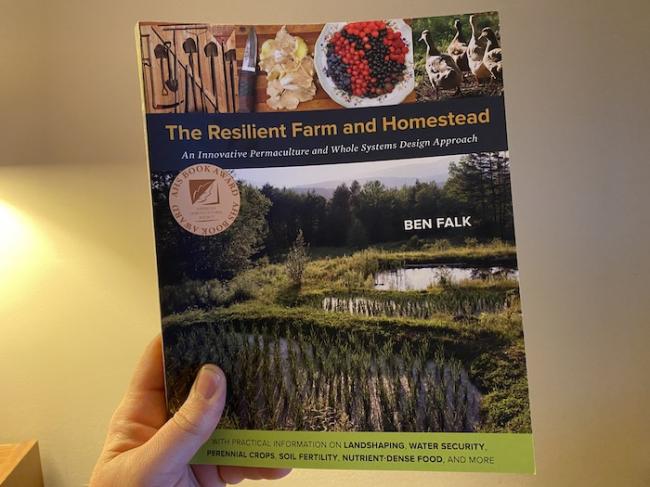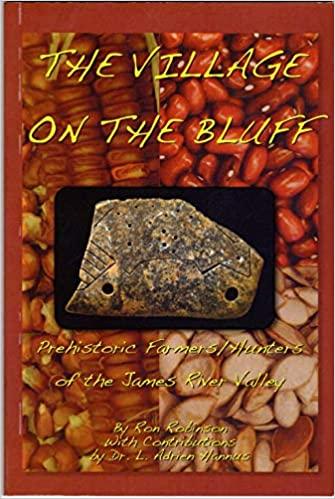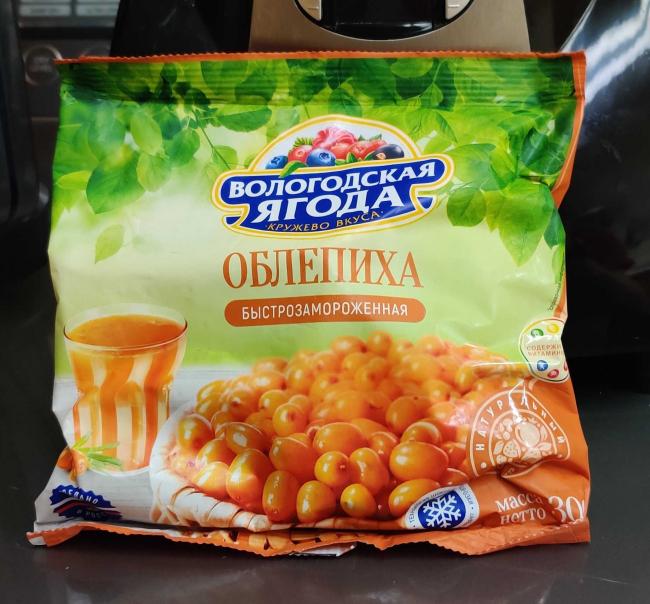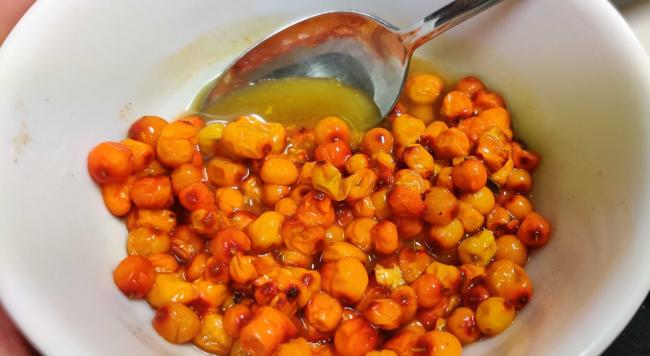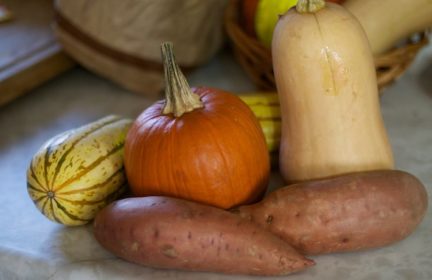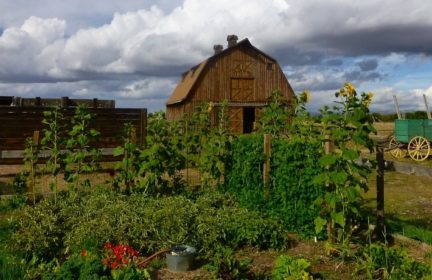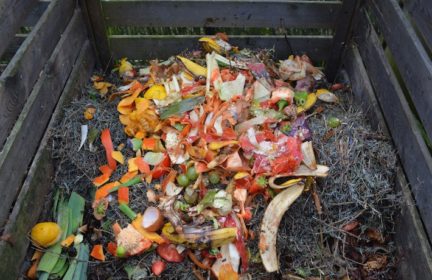Book review: The Resilient Farm and Homestead
As a homesteader, I often worry about just how prepared my homestead is for hard times. We use electric heat and air, city water, and fiber optic broadband. As much as I let my chickens graze and eat scraps, I still have to feed them a good deal of storebought feed (from a local Mennonite community at least). I use mostly organic amendments for the garden, but again, they’re storebought.
Figuring ways to make myself less dependent on the outside world is always in the back of my mind. Jason Snyder on Twitter recommended a couple of books on the topic.
One of those is The Resilient Farm and Homestead by Ben Falk. It serves as an introduction to permaculture with the backdrop of Falk anticipating a large-scale civilizational collapse.
The book touches on numerous topics you should be thinking about if you want to homestead or run a homestead, such as:
- Designing a landscape
- Recycling nutrients
- Developing non-grid water sources
- Scything
- Raising animals
- Growing food
- Preserving food
- Heating your home with wood
There aren’t many topics the book goes in-depth about. A couple of notable exceptions are landscape design and wood heat, which he details at length. It’s not going to explain much of the how, like how to sharpen a scythe or build a fence, though it has many useful tips. It’s more of an introductory text that should spark your interest and lead you to more in-depth sources.
Despite that, it’s full of useful knowledge and clues you in on things you should be considering for your homestead. I strongly encourage you to buy the physical version, as it’s a graphics-heavy magazine-style format that you’ll want to flip through. It’s not a book I’m strictly reading from cover to cover, but rather flipping through and stopping at interesting sections. Every time I do so, I take away something new.
If you’re homesteading or considering it, I highly recommend it.
-
Comments (25)
-
